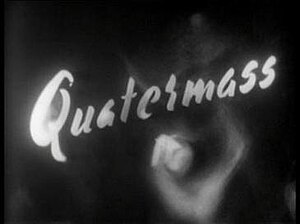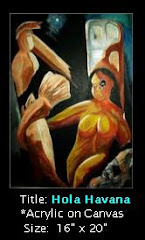If you are, like me, on the wrong side of 40 . . . you remember when music was analog . . . not digital.
Music came on records . . vinyl platters that spun at 78, 45, or 33.3 RPM under the weight of an honest-to-god needle . . . not a beam of coherent light.
During the 1950s and 1960s, LP albums took over from the 78 platters of my parent’s generation. And stereophonic sound was the rage.
If you wanted to copy music, you had to record it to tape. And many audiophiles did just that . . . knowing that after a few dozen plays . . . records began to lose their clarity.
So they would record to cassette (or before that . . .reel-to-reel) tape the first play of a new album, and put the album back into its cover and listen to the tape instead.
Of course, a lot of us had such crappy record players back in the 1960s, you wouldn’t have been able to tell the difference between the first playing, and the 500th.
So the point was pretty much moot.
`Adult’ music of the vinyl years was overshadowed by rock & roll, and today is largely forgotten. A pity since so many terrific performances were pressed into those concentric grooves of vinyl.
Oh, people remember (and play) Sinatra, Dean Martin, Doris Day, Tony Bennett and a dozen or so of the big names of the era . . . but when was the last time you heard something by Julie London, the Mary Kaye Trio, or Martin Denny?
Music was often referred to as swingin’ or cool, big bands were out, and the Vegas lounge style was `in’. But it would be wrong to pigeonhole the music into one genre.
There are ballads, torch songs, exotica, Latin beats, small combos, bigger orchestras, and an abundance of talent.
There are `music of your life’ stations that play the same couple of hundred `standards’ from that era, songs that consultants have picked as having the right nostalgic appeal for their target audience.
But after awhile, the playlist grows familiar. And you just know there were a lot more great recordings than that.
If you are looking for some fresh sounds of yesteryear that deviate from the standard repertoire, I would direct your attention to broadcast series from the mid-1990s called Soundsational!
There are more than two dozen episodes (they vary in length from 22 to 40 minutes) on the Internet Archive, each with an eclectic collection of rarely heard recordings from the vinyl era.
You can access the entire listing on The Internet Archive by following THIS LINK.
I’ve listed a handful of selected episodes (but follow the link to get them all) include:
SOUNDSATIONAL! 1143 - Jacksondouglas
from the celebrated 1996 broadcast series featuring the music of Doris Day, Sammy Davis, Ray McKinley, David Rose, Anthony Newley, Nelson Riddle, Steve Allen, the Mary Kaye Trio, the Harmonicats, Don Costa, Dick Haymes, Jose Melis, Kai Winding, Kay Starr and Buddy Cole. (42 min.)
SOUNDSATIONAL! 1158 - Jacksondouglas
from the celebrated 1996 broadcast series featuring the music of Rosemary Clooney, Billy Eckstine, David Rose, David Carroll, Johnny Desmond, Les Paul, Billy May, Peggy Lee, Art Van Damme, Jackie Gleason, the Four Freshmen, Ralph Marterie, Percy Faith, Ray McKinley and Herbie Fields. (42 min. 35 sec.)
SOUNDSATIONAL! 1014 - Jacksondouglas
program 1014. the sounds of american popular music from the mid century on vinyl from Lena Horne, Bing Crosby, The Dukes Of Dixieland, Peggy Lee, Frankie Laine, Robert Maxwell, Jerry Vale and the Clebanoff Orchestra. 22 min 59 sec.
You can learn more about these shows, and about the history of radio broadcasting, from the originator’s website:
You’ll also find a 250 picture slideshow of 1950s and 1960s graphics pertaining to the music and radio industry.
Check it out.

















